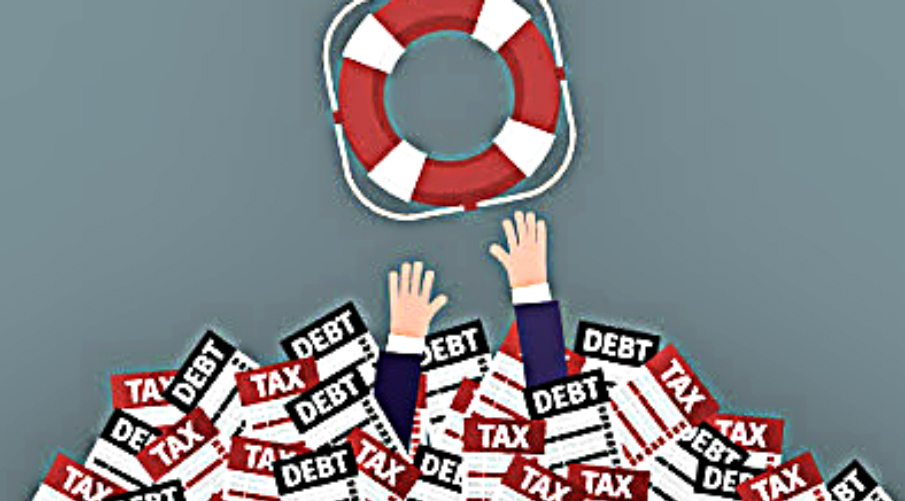It’s a sad fact that, as a nation, Americans are currently drowning in a sea of debt. They are still recovering in fact. Prior to the recession, most of us were treading water in treacherous seas.
But when the economy turned real ugly, jobs disappeared, nest eggs were cracked open and used, and many simply gave up battling against the tide.
And the world is facing new crisis right now. Many were forced to hire a bankruptcy attorney as they had no place else to go.
Foreclosure and insolvency were words increasingly being used and food banks struggled to cope with demand.
Although most economists believe that the US economy is recovering, there are still millions of Americans struggling with serious debt problems. And it is speculated that with recent events the world will go to another financial crisis.
Those who have managed to keep their heads above water are the lucky ones, as the increase in numbers at the homeless shelters is the clearest illustration of just how many have lost the fight.
4 Most Common Types of Debt:

1. Home.
Total mortgage debt currently stands at over $9.4 trillion, an increase of over $400 billion in just 2 years. There is a bright side to this however, as the increase in mortgage debt means that houses are starting to sell again indicating that the housing market is showing signs of recovery. On the flipside household debt has shown a steady rise for the past 5 years.
2. Auto.
US auto debt currently stands at approximately $1.3 trillion. In 2oo8 the FR was forced to lower the interest rate to both try and fight the recession and as an incentive for consumers to take on 3 to 5 year auto loans. The lower interest rates did cause a big surge in auto debt, but repossessions also hit a new high.
3. Student Loans.
This kind of debt had been escalating for several years now, hitting a then record of almost $1.5 trillion in 2019. When the student loan program was taken over by the FR in 2010, replacing Sallie Mae, educational assistance was made more available and costs were also cut. The loans were also guaranteed and while it would seem to be a win win situation, with the lower rates of interest encouraging college education, the rise of student loan debt has surprised everyone.
4. Credit Cards.
In 2019 US credit card debt crossed the $1 trillion line for the first time. This type of debt is considered to be a revolving debt as the idea is you borrow then pay it off then borrow. This hasn’t been the case for many unfortunately as when the 2005 Bankruptcy Act was passed, and it became harder for people to declare themselves bankrupt, there was a huge surge in credit cards being used to pay bills. The knock on effect was the repayments were higher and many simply couldn’t make the payments.






